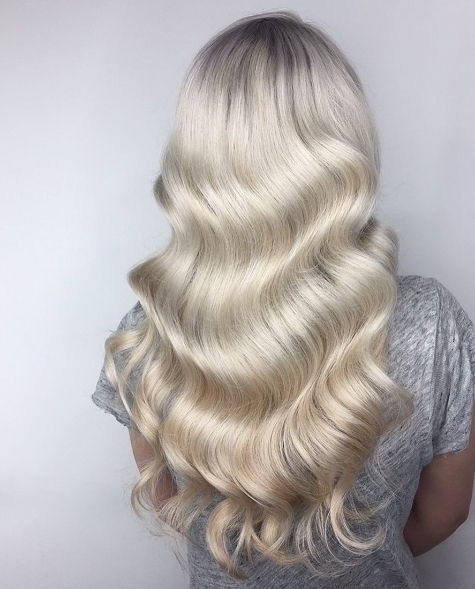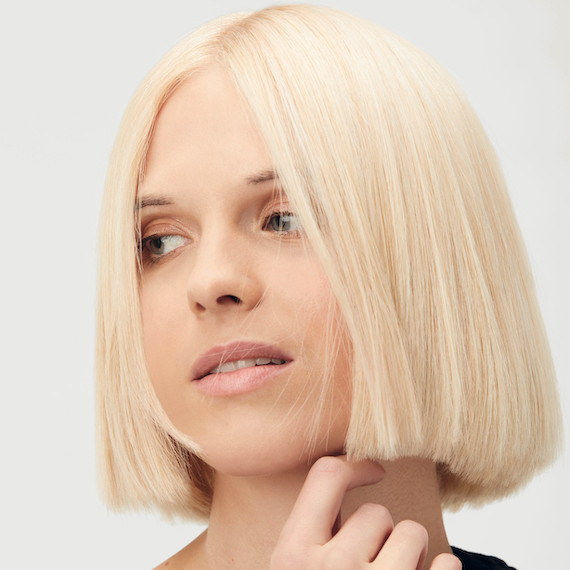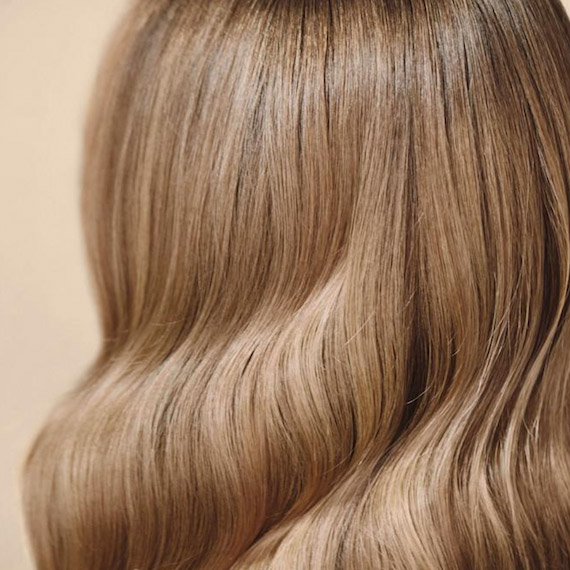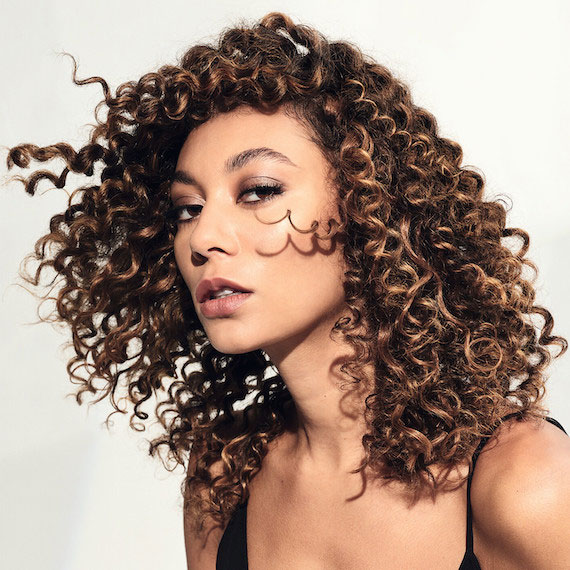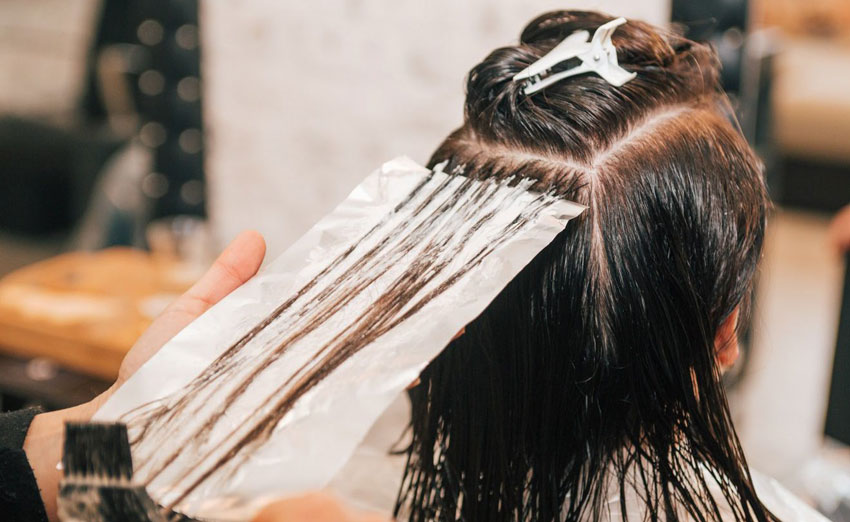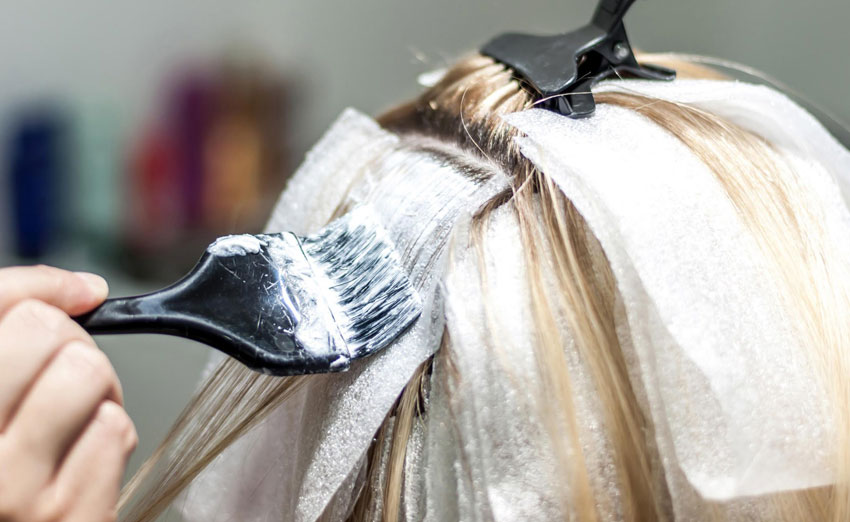
Bleach, peroxide and developer are the unsung heroes of the hair colouring world, working in tandem to lift, lighten, and deposit colour with precision. There can, however, sometimes be some confusion between the three.
People often get mixed up with bleach, peroxide, and developer due to overlapping terminology, their roles in the hair colouring process being connected, and people not really knowing what each one does.
In this guide, we aim to provide you with a clear and comprehensive guide on the specific roles of bleach, peroxide and developer.
Let’s get into it… 👇🏻
Peroxide vs. Bleach vs. Developer
Even the most experienced hairdresser may need to brush up on the scientific differences between the big three. And that’s why, in this article, we’ll dive deeper into the use cases, similarities and differences between bleach, peroxide, and colour developers.
It all starts with one common ingredient – Hydrogen Peroxide
Bleach and developer work together to lighten hair, and they both contain hydrogen peroxide. Since it is a key ingredient in both of these products, people might use the terms “peroxide” or “developer” to refer to the entire lightening or colouring process.
Some hair care products might also use different terms on their packaging, contributing to confusion. For example, a product might be labelled as a “bleach kit” or a “developer kit.”
Let’s take a look at each component in more detail…
What is Hair Bleach?
Hair bleach is a chemical product used to lighten the natural colour of hair. It is a powerful agent that works by oxidizing the melanin, which is the pigment responsible for hair colour, in the hair shaft.
Bleaching is a popular method for achieving a variety of hair colour effects, from subtle highlights to dramatic transformations.
Hair Bleach – What you need to know
The primary active ingredient in hair bleach is hydrogen peroxide.
Now for the sciency bit. 🧪
When applied to the hair, hydrogen peroxide breaks down into water and oxygen, releasing oxygen molecules that penetrate the hair shaft.
As these oxygen molecules interact with the melanin in the hair, they break down the pigment, causing the hair to lighten.
You can use different volumes of developer (a cream or liquid that activates the bleach) to achieve specific levels of lift.
While bleach can be a powerful tool for achieving a desired look, it’s crucial to follow proper application guidelines and take precautions to minimise damage to your client’s hair. Over-bleaching or using inappropriate techniques, such as overlapping bleach, can lead to dryness, breakage, and overall damage to the hair structure.
- Stunning platinum waves by @bleachedandblown
What is a Hair Developer?
Also known as a developer solution or peroxide developer, this chemical product is used in conjunction with hair dye or bleach to achieve the desired colour or lightening effect.
The developer’s primary function is to activate the colour molecules in the hair dye or assist in the oxidation process of bleach, facilitating the chemical reaction that alters the colour of the hair.
Developer – What you need to know
Shop bleach, peroxide and developers at Salons Direct
Discover the Salons Direct blog, your trusted source for industry news, product releases, how-to guides and more!
You may also enjoy…
The Best Bleaches for Lightening Dark Hair
Scalp Bleaching: What Is It And How You Can Do It On Your Clients
Your Essentials For Dealing With ‘Bleached Hair Gone Wrong’

